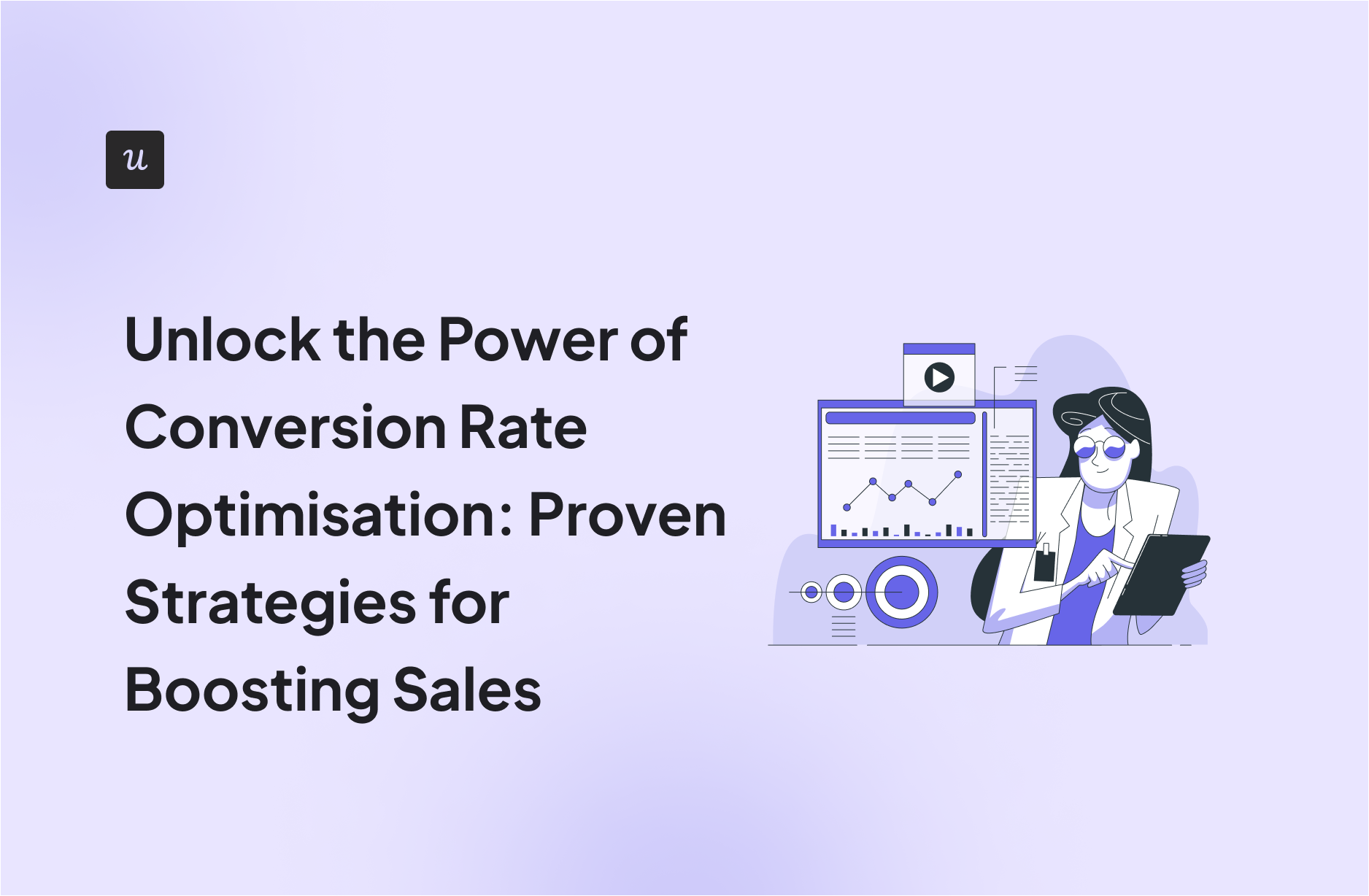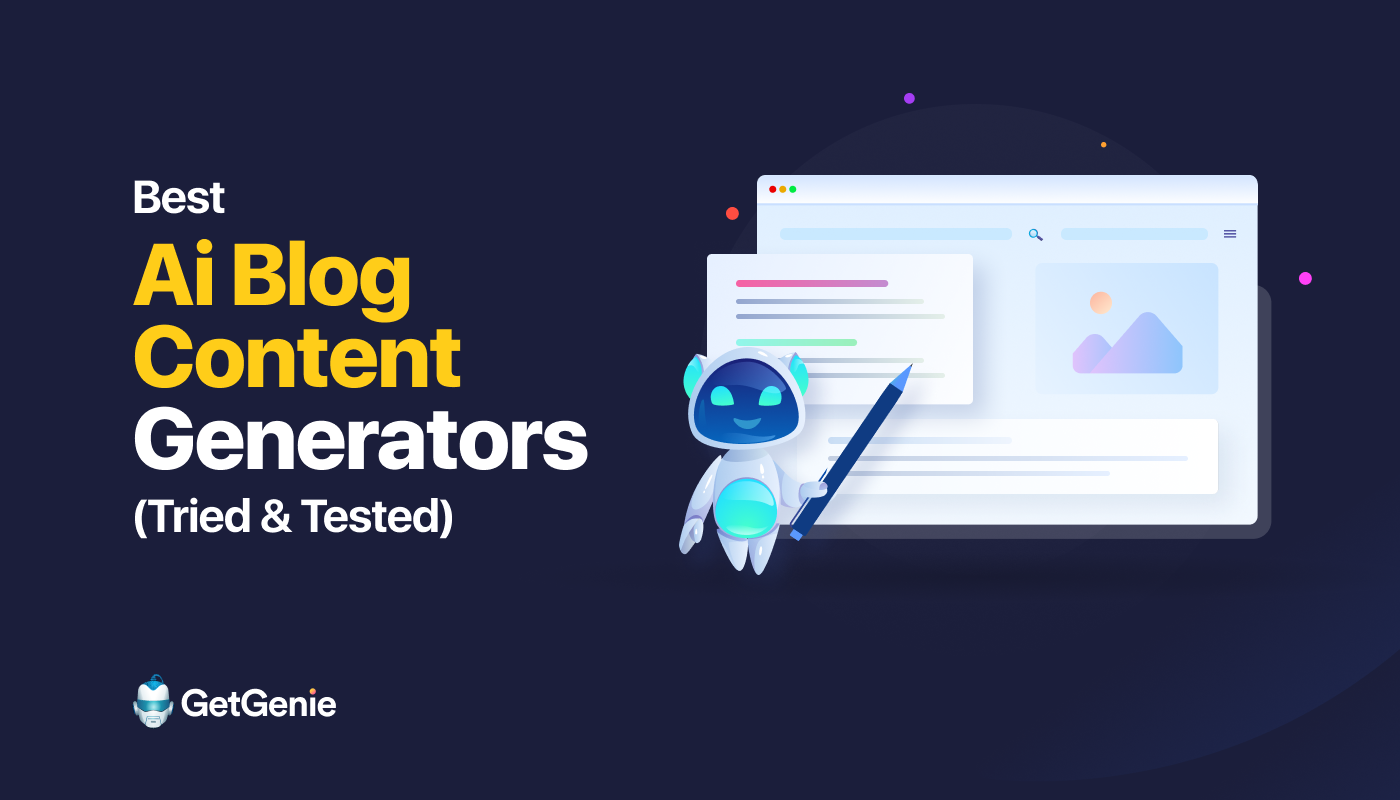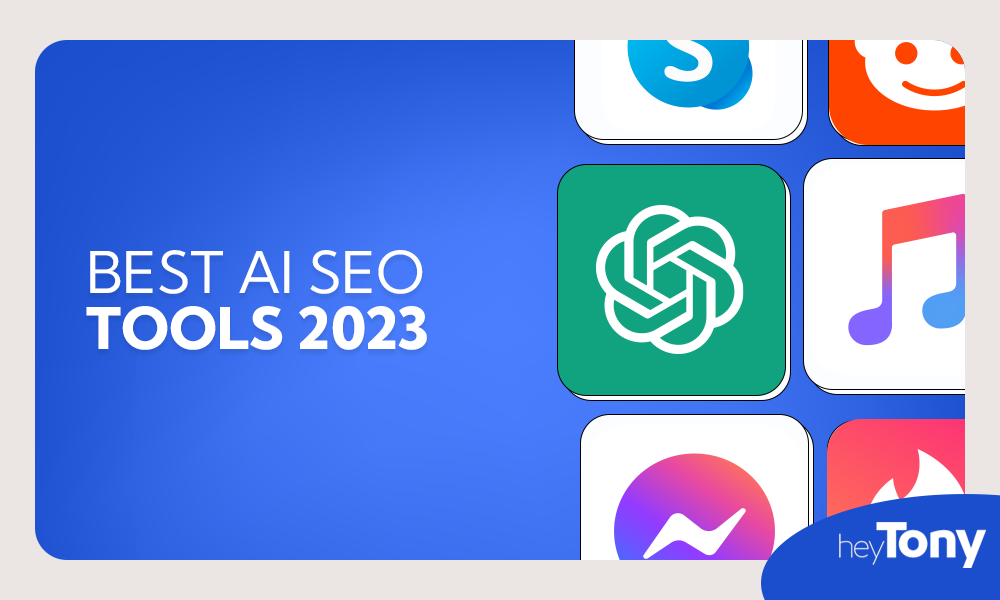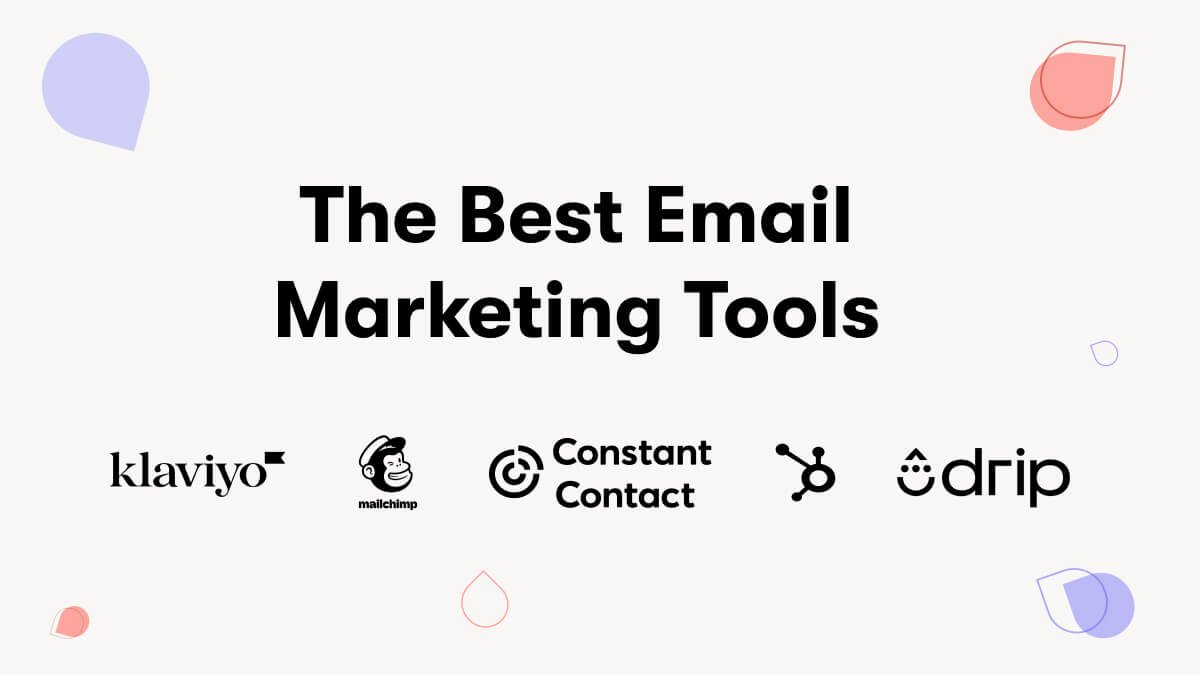Landing Page Optimization: Proven Strategies to Double Your Conversion Rate Every business wants more conversions. Landing page optimization can help achieve this goal.
Optimizing your landing page is essential. It can make or break your conversion rate. A well-designed landing page can turn visitors into customers. But how do you create one that works? This blog will explore proven strategies to enhance your landing page.
These tips will guide you in boosting your conversion rate. You don’t need to be a tech expert to apply them. With some tweaks, you can see significant improvements. Ready to double your conversions? Let’s dive in and explore the best practices for landing page optimization.
Table of Contents
ToggleIntroduction To Landing Page Optimization
Landing Page Optimization focuses on enhancing your website’s landing pages to boost conversion rates. Effective strategies can double your conversion rate, leading to more successful marketing campaigns. Simple tweaks and tests make a big difference.
Optimizing your landing page is key to boosting your conversion rate. This process involves enhancing various elements to engage visitors and guide them towards taking action. Effective optimization can double your conversions, turning casual visitors into loyal customers.Importance Of Optimization
Landing page optimization is crucial for several reasons:- Increases Conversions: A well-optimized page encourages more visitors to take action.
- Improves User Experience: A smooth, intuitive interface keeps visitors engaged.
- Boosts SEO: Search engines favor well-optimized pages, improving your ranking.
Common Goals
When optimizing a landing page, aim for these common goals:- Increase Sign-Ups: Encourage visitors to sign up for newsletters or services.
- Boost Sales: Persuade visitors to purchase products or services.
- Generate Leads: Collect contact information for future marketing efforts.
- Enhance Engagement: Keep visitors on your site longer, reducing bounce rates.
| Goal | Strategy | Benefit |
|---|---|---|
| Increase Sign-Ups | Use clear CTAs, offer incentives | More subscribers |
| Boost Sales | Highlight product benefits, simplify purchase process | Higher revenue |
| Generate Leads | Provide valuable content, use lead forms | More potential customers |
| Enhance Engagement | Engaging content, easy navigation | Lower bounce rate |
Understanding Your Audience
Understanding your audience is crucial for effective landing page optimization. Knowing your audience helps you tailor your content and design to meet their needs. This can significantly boost your conversion rates. Let’s dive into the key aspects of understanding your audience.
Identifying Target Demographics
First, identify who your target audience is. Look at factors like age, gender, and location. Consider their job roles and income levels. These demographics help you create a more focused and effective landing page.
Use surveys and market research to gather data. Tools like Google Analytics can also provide insights. By understanding these demographics, you can craft messages that resonate with your audience.
Analyzing User Behavior
Next, analyze how users interact with your landing page. Track their clicks, scrolls, and time spent on each section. This data reveals what captures their interest.
Heatmaps and session recordings are valuable tools for this analysis. They show where users click and how they navigate your page. Use this information to optimize the layout and content.
Understanding user behavior allows you to make data-driven decisions. It helps you improve the user experience and increase conversions. Focus on what works and eliminate what doesn’t.
Crafting Compelling Headlines
Crafting compelling headlines is crucial for landing page optimization. A strong headline grabs attention and draws visitors in. It can make the difference between a bounce and a conversion. Let’s explore some strategies to create headlines that can double your conversion rate.
Elements Of Effective Headlines
Effective headlines are clear and concise. They should tell visitors what to expect. Use powerful words that evoke emotion. Clarity is key. Avoid jargon or complex words. Aim for simplicity.
Include a value proposition. What benefit does your offer provide? Make it clear why visitors should stay. A good headline is also specific. Vague headlines fail to engage. Be direct and to the point.
Testing Different Headlines
Testing different headlines is essential. A/B testing helps determine what works best. Create multiple versions of your headline. Test them against each other. Analyze the results to see which performs better.
Small changes can have a big impact. Experiment with different words and phrases. Test different lengths. Short headlines can be more impactful. Long headlines can provide more detail. Find the balance that works for your audience.
Continuous testing is important. Trends and preferences change. Regular testing ensures your headlines remain effective. Keep optimizing for better results.

Credit: wisernotify.com
Designing A User-friendly Layout
Designing a user-friendly layout is crucial for landing page optimization. A clear and simple design helps visitors find what they need quickly. This can double your conversion rate. Let’s explore how to simplify navigation and prioritize mobile responsiveness.
Simplifying Navigation
Navigation should be intuitive and easy to use. Visitors should find what they need without confusion. Here are some tips:
- Use a clean and simple menu.
- Include a search bar for quick access.
- Limit the number of menu items.
- Use clear labels for each menu item.
A well-organized menu enhances user experience. This can lead to higher conversions.
Prioritizing Mobile Responsiveness
Many users browse on mobile devices. Ensuring your landing page is mobile-friendly is essential. Follow these guidelines:
- Use a responsive design that adapts to different screen sizes.
- Ensure buttons and links are easy to tap.
- Optimize images and videos for faster loading times.
- Keep text readable without zooming in.
Mobile responsiveness improves user experience. This can significantly boost your conversion rate.
Creating High-quality Content
Creating high-quality content is a key part of landing page optimization. The content on your landing page must be clear, engaging, and persuasive. This section will cover strategies to write clear and concise copy and use engaging visuals.
Writing Clear And Concise Copy
Clear and concise copy helps users understand your message quickly. Use short sentences and simple words. Break up large blocks of text into smaller paragraphs.
- Use bullet points for easy reading.
- Highlight key points in bold.
- Keep your headings descriptive and informative.
Here is an example of clear and concise copy:
Before: Our company specializes in providing top-notch digital solutions that help businesses achieve their goals in a seamless and efficient manner. After: We offer digital solutions to help your business grow.
Using Engaging Visuals
Engaging visuals grab attention and help convey your message. Use high-quality images and videos. Ensure your visuals are relevant to your content.
Here are some tips for using visuals effectively:
- Use images that support your text.
- Include videos to explain complex ideas.
- Use infographics to present data visually.
Here is an example of a good visual:
| Type of Visual | Purpose |
|---|---|
| Image | Show product features |
| Video | Explain how to use the product |
| Infographic | Present statistics and data |
Enhancing Call-to-action Elements
Enhancing Call-to-Action (CTA) elements is crucial for landing page optimization. CTAs guide visitors towards the desired action, such as making a purchase or signing up. A well-crafted CTA can significantly increase your conversion rate.
Crafting Persuasive Ctas
Create CTAs that resonate with your audience. Use action-oriented words like “Get,” “Start,” or “Join.” Ensure the message is clear and concise. Avoid jargon or complex phrases. Speak directly to the user. For example, “Start Your Free Trial” is better than “Initiate Your Complimentary Evaluation.”
Personalize the CTA to match user intent. If visitors are browsing, use “Discover More.” If they are ready to buy, use “Buy Now.” Test different phrases to see which converts best. A/B testing can provide valuable insights.
Placement And Visibility
Position your CTA where it is easily visible. Above the fold is often effective. Users should not have to scroll to find it. Use contrasting colors to make the CTA stand out. It should grab attention immediately.
Ensure the button is large enough to click easily. Avoid clutter around the CTA. Surrounding elements should not distract the user. White space can help the CTA stand out. Test different placements to find the most effective spot.
Consider adding multiple CTAs on a long page. Place them at natural breakpoints. This increases the chances that users will see and click. Ensure all CTAs have a consistent message.
Utilizing Social Proof
Landing page optimization is key to increasing conversion rates. One of the most effective methods is utilizing social proof. Social proof builds trust and credibility. It shows potential customers that others have benefited from your products or services. This can be achieved through various means, including testimonials and case studies.
Including Testimonials
Testimonials are powerful. They provide real-life experiences from customers. Adding testimonials to your landing page can significantly increase trust. Place them where visitors can easily see them. Use short, impactful quotes. Include the customer’s name and photo if possible.
Consider the following format:
| Customer Name | Testimonial |
|---|---|
| Jane Doe | This product changed my life! Highly recommend. |
| John Smith | Excellent service and great value for money. |
Showcasing Case Studies
Case studies offer detailed insights. They show how your product or service solved a problem. They provide evidence of your effectiveness. This is particularly useful for potential customers who need more convincing.
- Describe the problem faced by the customer.
- Explain the solution you provided.
- Highlight the positive outcomes.
Here’s an example structure:
- Problem: The customer had low website traffic.
- Solution: We implemented SEO strategies.
- Outcome: Website traffic increased by 50% within three months.
Case studies should be easy to read and visually appealing. Use images, graphs, and bullet points to break up text.

Credit: fastercapital.com
A/b Testing And Analytics
When optimizing your landing page, A/B testing and analytics play a crucial role. These tools help you understand what works best for your audience. By testing different elements, you can identify which changes increase conversions. Analytics provide insights into user behavior. This data can guide your decisions and improve your landing page performance.
Setting Up A/b Tests
To begin with A/B testing, choose one element to test. This could be a headline, image, or call-to-action button. Create two versions of your landing page. One version will be the control, and the other will be the variant. Use a tool like Google Optimize or Optimizely to run the test. Split your traffic evenly between both versions. Ensure you have enough traffic to get meaningful results. Run the test for a sufficient period, usually a few weeks.
Interpreting Results
Once your A/B test ends, analyze the data. Look at metrics like conversion rate and bounce rate. Compare the performance of the control and variant pages. Did the variant improve your conversion rate? If yes, implement the changes on your main page. If not, consider testing another element. Use analytics to understand user behavior. Look for patterns and insights. This information can help refine your landing page further.
Implementing Continuous Improvement
Implementing continuous improvement in landing page optimization is crucial for long-term success. It involves making small, consistent changes based on data. These changes help in enhancing user experience and boosting conversion rates. By continually refining your landing page, you can better meet your audience’s needs.
Iterative Testing
Iterative testing plays a vital role in continuous improvement. Start with a hypothesis and test it. Use A/B testing to compare different elements. For example, test different headlines or call-to-action buttons. Measure the performance of each version. Implement the better-performing option. Repeat the process regularly. This approach helps you find the most effective elements for your landing page. It ensures that your page evolves based on user behavior and preferences.
Staying Updated With Trends
Staying updated with trends is essential for continuous improvement. Digital marketing trends change rapidly. Keep an eye on new design trends and user preferences. Follow industry blogs and influencers. Attend webinars and conferences. Subscribe to relevant newsletters. Apply the latest trends that align with your brand. This keeps your landing page fresh and engaging. A modern and updated page attracts more visitors and improves conversions.
Case Studies And Success Stories
Understanding successful landing page optimization can be challenging. Yet, examining case studies and success stories provides valuable insights. Real-world examples show how businesses have increased their conversion rates. These stories highlight strategies that worked and why they succeeded.
Real-world Examples
One company, XYZ Clothing, revamped their landing page. They focused on a clear call-to-action and simplified the design. As a result, their conversion rate doubled within three months. The changes made the page more user-friendly and visually appealing.
Another example is ABC Software. They used A/B testing to find the best headlines and images. This approach helped them understand what their audience preferred. Their conversion rate increased by 45%. A/B testing proved crucial in fine-tuning their landing page.
DEF Fitness saw a remarkable increase in sign-ups. They added customer testimonials and success stories. These elements built trust and encouraged visitors to sign up. Their conversion rate jumped by 60% after these additions.
Key Takeaways
Clear call-to-action buttons are essential. They guide visitors to take the next step. Simplifying design helps in keeping the page clean and focused.
A/B testing is valuable. It helps to identify what works best for your audience. Regular testing and adjustments can lead to significant improvements.
Adding testimonials and success stories builds trust. Visitors are more likely to convert when they see real-life success. These elements add credibility and reassurance.
These case studies show that small changes can make a big difference. By implementing these strategies, you can see a notable increase in your conversion rates.

Credit: userpilot.com
Frequently Asked Questions
What Is Landing Page Optimization?
Landing page optimization involves improving elements on a web page to increase conversions. This includes tweaking design, content, and calls-to-action.
How Can I Double My Conversion Rate?
Doubling your conversion rate can be achieved by A/B testing, improving page load speed, and crafting compelling headlines.
What Are Proven Strategies For Landing Page Optimization?
Proven strategies include using clear headlines, strong CTAs, trust signals, and optimizing for mobile devices.
Why Is Page Load Speed Important For Conversions?
Page load speed is crucial because slow-loading pages frustrate users and increase bounce rates, leading to lower conversions.
Conclusion
Boosting your conversion rate is achievable with smart landing page strategies. Focus on clear headlines. Use compelling calls-to-action. Optimize loading speeds. Improve user experience. Test and tweak regularly. These actions can lead to higher conversions. Remember, a well-optimized landing page attracts and retains visitors.
Start implementing these tips today. Watch your conversion rate rise.
Related posts:
No related posts.





